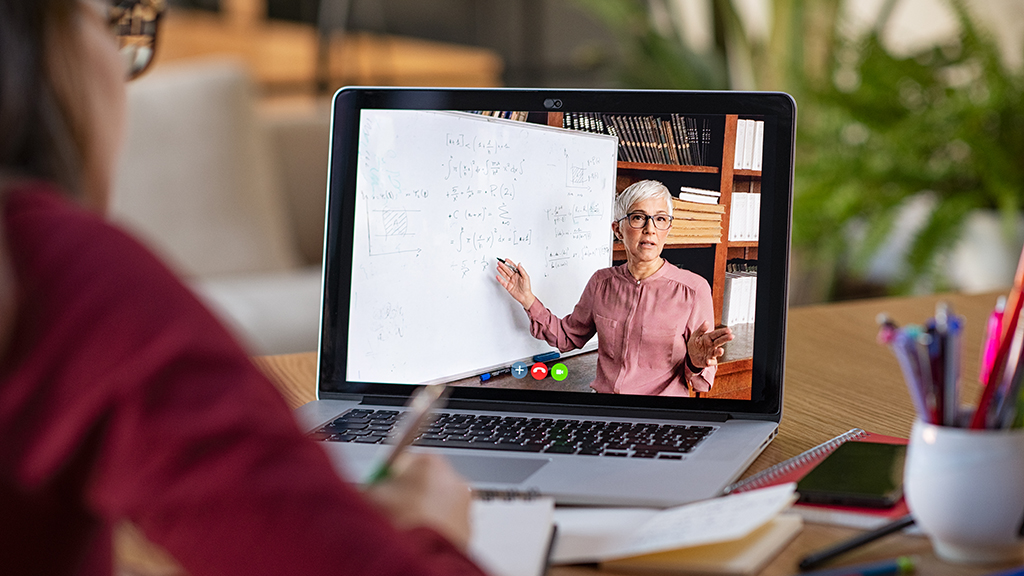Ask a Mentor
Teaching Science Online
By Sharon Delesbore

Summertime for any teacher is not only about resting, but also about planning. As a science teacher, I am looking at the upcoming school year with angst. How can I authentically deliver sound science instruction by online teaching?
—P., Florida
As our educational environment has changed due to COVID-19, it is crucial that we take the time to discuss science teaching through virtual platforms. As the sudden onset of the coronavirus in the United States led to immediate quarantining, K–12 educators immediately jumped to online teaching, but we must realize that just as one shoe size doesn’t fit all, all virtual frameworks for engaging students don’t fit every discipline.
Science has always been revered for its hands-on potentiality. The last two or three months of school involved a lot of reading text and completing worksheets for students. A discussion board provided opportunities to share ideas if your teacher was comfortable with the use of technology, but we lost the practice of experimentation, which is understandable because no one wants to be responsible for having a student do a lab at home that could cause them to be harmed.
Fortunately, after viewing video after video of educators only giving general advice about moving to online teaching, a gleam of hope for science educators came through a YouTube clip from educator Paul Anderson of Bozeman Science in which he explained his approach to online science teaching. It was exciting to hear the perspective of a science teacher!
So understand that online science teaching will require creativity; recognition that some ideas to engage students may not work; and perseverance. But doing demonstrations, connecting virtually with other science minds around the world, or even opening your virtual classroom to other students in different countries can make this learning relevant to our students, as these are practices of scientists today.
General Science Teaching Strategies Middle School Elementary High School

